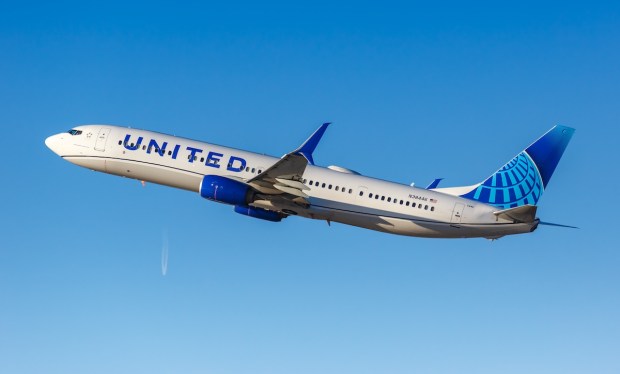
The airline industry hasn’t had it easy in recent years.
From the pandemic to macro headwinds impacting both workforce and supply chain realities, to the latest issues with Boeing and the company’s 737 Max 9 jets, the sector has found itself facing challenges.
That was the message that United Airlines executives told investors during its earnings call Tuesday (Jan. 23) discussing its fourth-quarter and full-year 2023 financial results.
The airline is the largest operator of Boeing’s 737 Max 9 planes, which represent around 8% of United’s first quarter 2024 capacity.
After a fuselage panel blew out on a Boeing 737 Max 9 being operated by Alaska Airlines while the plane was 16,000 feet in the air during its Jan. 5 flight, the quality control procedures and subsequently the safety of Boeing’s aircraft have been under greater scrutiny by both the public and investors, as well as federal regulators.
“We expected the operating environment to be challenging, driven by pilot and other hiring constraints, FAA air traffic control, maintenance catch-up, and supply chain issues,” said United Airlines CEO Scott Kirby during the call. “It turned out to be even more challenging than we thought. The supply chain challenges aren’t going away anytime soon.”
Kirby explained during the call that the challenging operating environment led to cost pressures and cost conversion across the airline industry, primarily from labor maintenance and supply chain issues.
“But those same cost pressures are being felt across the entire industry,” he said. “And … we believe the industry-wide cost pressures will wind up as a pass-through, much like fuel has been in the past.”
Still, the company’s executives discussed several bright spots in both the business and across the industry, and United’s stock was trading up around 5% Tuesday after the earnings report, down from an initial 10% jump.
Part of the reason is that United flew its largest domestic schedule in company history (by available seat miles and excluding Canada) for the 2023 fiscal year, with over 3,500 daily domestic flights, per a Monday (Jan. 22) press release.
“I hate to say the word exceptional, but we’re seeing really good strength in domestic right now,” said United Airlines Executive Vice President and Chief Financial Officer Mike Leskinen during the Tuesday call.
While labor and maintenance are an industry-wide issue and the primary drivers of the sector’s pricing pressures, United executives noted that the de-commoditization of air travel — with the low-cost carrier model becoming untenable — would allow the airline to further differentiate its offerings.
“We have significant projects underway around data and how we can create a better customer experience,” said United executives during the call.
The United mobile app was the world’s most downloaded airline app, the company’s presentation showed, and two-thirds of United’s travelers in 2023 used the mobile app to manage their day-of travel, from re-booking options to bag tracking information and hotel vouchers when eligible.
The return of business travel is also expected to provide an industry-wide tailwind.
“Domestic demand remains strong with increases in business traffic volumes year over year,” said United Airlines Chief Commercial Officer Andrew Nacelles, adding that the airline is “particularly bullish about what Asia looks like going forward.”
See also: Business Travel Looks to Take Flight With Cloud Benefits
“We’ve all sat on calls and predicted the recovery of business traffic more times than I can count over the last few years,” he said. “And I will say Q4 was OK. It wasn’t spectacular in any way. But as we started January in the new budget season, for all of our big corporate clients, we did notice a significant step up.”
“I hesitate to say, ‘Oh my gosh, it’s fixed,’ because it’s still well behind where it should be relative to GDP growth, but at least for the first two weeks of January, we’ve gotten off to a really strong start, and it gives us an increase in signs that this is going to be, I think, a very good year,” he added.
The boost from business travel will need to be enough to soften the impact of ongoing supply chain bottlenecks and disruptions across the airline industry.
“At some point, the supply chain will fix itself in aerospace, but we don’t see that today,” executives said on the call. “And I think it probably takes well beyond 2024. So … to summarize, you should think about the labor and maintenance headwinds as being persistent.”